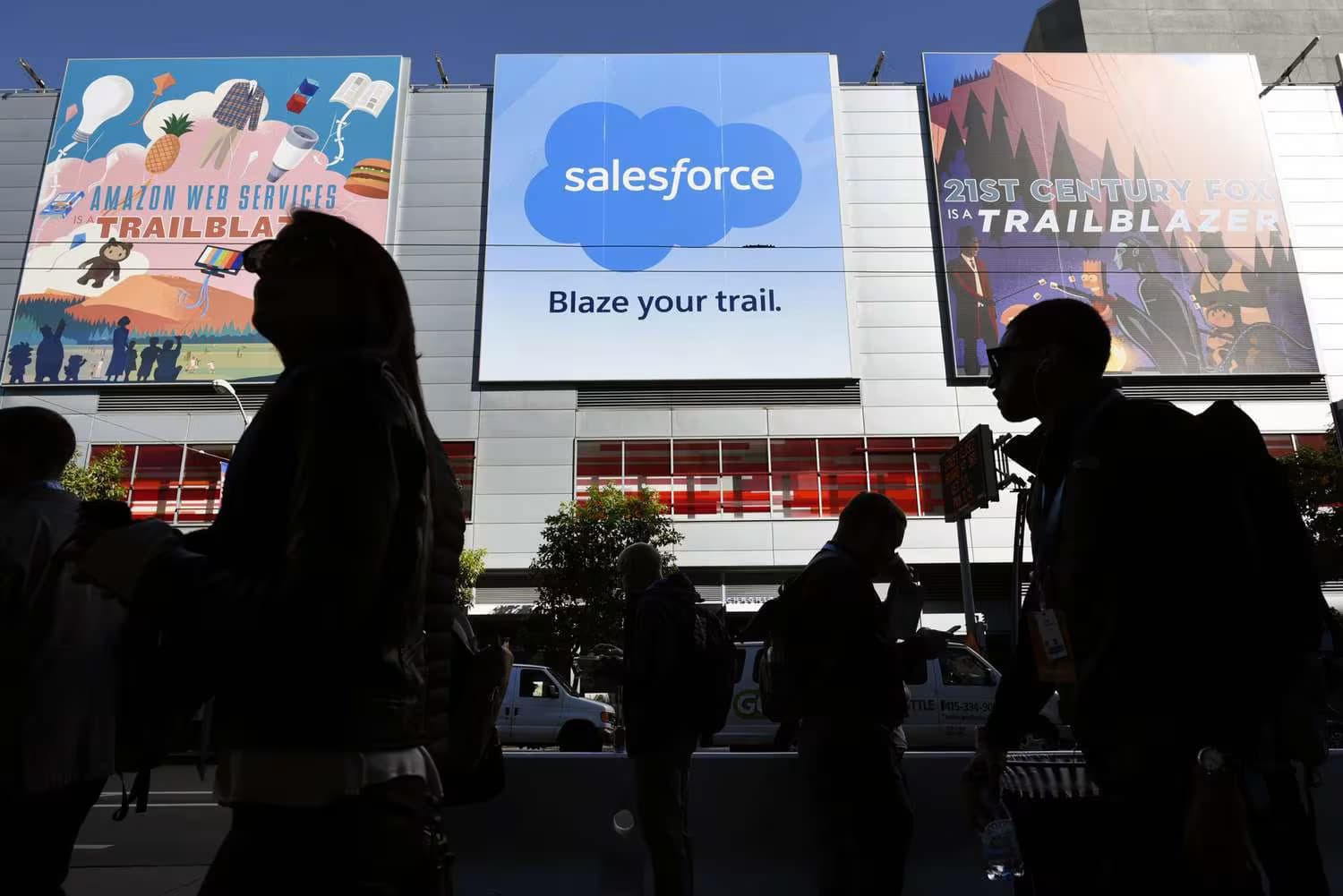
2025-12-12
How Digital Entertainment Platforms Reflect the Future of Employee Engagement

2025-12-10
Will a Dismissed Criminal Charge in Florida Show Up on an Employment Background Check?

2025-12-10
What to Look for When Recruiting Amazon Marketers

2025-12-10
Organizational Citizenship Behavior: What Research Reveals About Driving Real Performance

2025-12-09
Best Practices for Managing Accounts Receivable in 2026

2025-12-09
How Mobile Solutions Transform Employee Engagement and Performance

2025-12-09
From Translator to Six-Figure Game Localization Expert: The 2026 Career Shift

2025-12-09
Top AI-Powered Tools Shaping the Future of Logos

2025-12-09
Group Health Insurance Agent SC: Key to Employee Wellness

2025-12-08
How Faster Trimming Improves Turnaround Times for Customer Orders

2025-12-05
What Management Practices Build Long-Term Stability For Septic Teams

2025-12-05